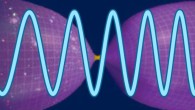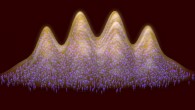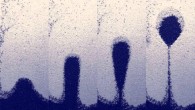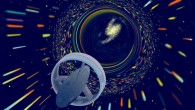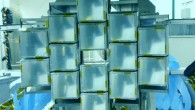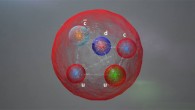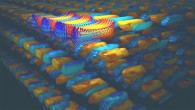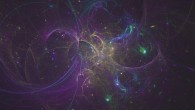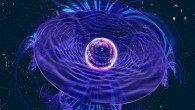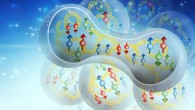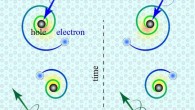On April 25 and 26, 2019, NSF’s Laser Interferometer Gravitational-Wave Observatory (LIGO) and the European-based Virgo detector registered two new gravitational waves, the ripples in space-time predicted by Albert Einstein. The first was from a neutron star crashing into another neutron star 500 million light-years away, and the second was from a neutron star gobbled up by a black hole 1.2 billion light-years away. If confirmed, the second event...



